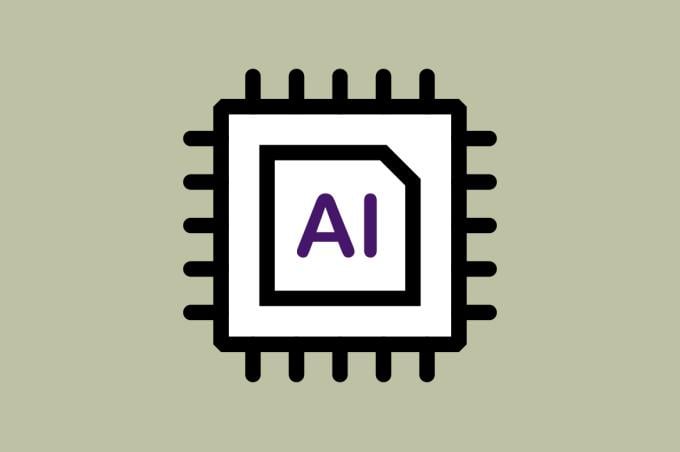What is the Geisinger health system’s approach to value-based care?
“The right care for the right patient at the right time with the right person,” Narayana Murali, MD, told the audience at the HLTH health innovation conference in Las Vegas.
“That's really the focus of what value-based care is—and that actually has improved our outcomes,” added Dr. Murali, system chief medical officer of medicine services at the Danville, Pennsylvania-based Geisinger integrated health system. Geisinger is a member of the AMA Health System Program that provides enterprise solutions to equip leadership, physicians and care teams with resources to help drive the future of medicine.
Geisinger’s value-based journey includes the launch of its Keystone Accountable Care Organization in 2013 and continued this year with its distinction of being the first system to be included in Risant Health, the nonprofit launched by Kaiser Foundation Hospitals that aims to expand and accelerate the adoption of value-based care.
In between, Geisinger has long been at the forefront of digitally enabled care, but Dr. Murali said that the COVID-19 public health emergency was when the use of technology tools grew “by leaps and bounds compared to where we were on the digital side of things.”
“Once COVID hit, we initiated our journey of using bots and basically put in place robotic-process automation as well as business-process automation,” Dr. Murali said during a panel discussion on practical steps for sustainable, digitally enabled value-based care and how augmented intelligence (AI)—often called artificial intelligence—can help.
The Geisinger Intelligent Automation Hub, for example, was started in March 2019 and the system moved to set up its operational model, technical infrastructure, staffing and change-management processes, which all led up to its first bot going live in December of that year.
COVID-19 pivot speeds bot introduction
In March 2020, system leaders pivoted, and the focus of the hub was shifted to support pandemic-related efforts. By the end of that year, 21 automations and 20 bots were operating across 35 business lines. The next year, another 51 automations and 70 bots were added, and they operated across 54 business lines.
Automations were processing COVID-19, respiratory syncytial virus and flu test results, COVID-19-exposure notifications, COVID-19 vaccine billing for Medicare Advantage, vaccine scheduling, data reporting for state health agencies and more.
In all, these automated processes accounted for almost 897,000 “digital hours” worked, which would have required 430 full-time employees to complete at a cost of $40.5 million.
Among the processes being automated were submissions required for the federal 340B prescription-drug discount program and the audits that provide assurance that the system’s data is secure.
Also automated were patient outreach and other communication functions. These included scheduling and prescription-renewal reminders.
“We used to actually have letters printed in a print shop and mailed—the cost with postages and return in most large health systems is roughly about $2 per letter,” Dr. Murali said.
“As of 2022, we had more than 85 bots and automations put in place,” Dr. Murali said, though he added that these natural-language processing and conversational AI applications were all “basically tools that were skin deep.”
The next steps were to expand Geisinger’s digital footprint and focus on “going deeper in terms of automation.”
For health systems embarking on a similar path, Dr. Murali suggests taking these steps:
- Do not start with the solution.
- Identify the pain points.
- Figure out what the issue is.
- Then start the process of bringing your technology in place to solve the concern.
The technology’s value to the system grows over time, Dr. Murali explained. And value can grow out of efficiency in terms of hours saved, faster productivity, improving compliance, auditing or reporting functions, freeing up employee time to create the capacity to take on new work, and reducing costs.
“These are the stages of the value-based care journey in the space of digital transformation,” he said.
From AI implementation to EHR adoption and usability, the AMA is fighting to make technology work for physicians, ensuring that it is an asset to doctors—not a burden.
Improving patient outcomes
Geisinger is also using AI-powered tools to identify patients at higher risk of influenza complications, hospital readmission, stroke and certain cancers. The tools then help make sure those patients are vaccinated or screened and get a quick diagnosis and early treatment if needed.
These tools include predictive analytics to prevent strokes and a process for tracking abnormal-image results that can flag lung nodules that may require a second look.
By reducing care gaps at the front end, outcomes are improved with fewer hospital admissions and readmissions, Dr. Murali said.
He credits these digital tools with “transforming” lung and colorectal cancer care and prevention.
Since 2020, Geisinger has using a program it calls System to Track Abnormalities of Importance Reliably, (STAIR), that has reduced from 112 to 8 days the time from when a lung nodule is discovered in a computed tomography (CT) scan to a follow-up clinic visit.
Most importantly, the program’s methodology to identify (using natural-language processing), evaluate (by pulmonologists) and track patients has lowered the number of missed malignancies to zero. Nine percent of patients with nodules were diagnosed with cancer, but they were able to get early treatment.
“In terms of colorectal cancer, it is the same story,” Dr. Murali said, as Geisinger identified more than 49,000 patients who had not had a screening for the disease.
Statistically, only one in 154 patients screened is diagnosed with colorectal cancer. The old methodology would have been to try to persuade almost 50,000 people to come in for a colonoscopy or other screening exam such as a genetic test.
With the new methodology, Geisinger created a predictive algorithm that identified 2.7% of those care-gap patients (1,382) as being at higher risk. Those patients were then contacted by the Geisinger Care Gaps team. Some could not be reached, others declined the invitation, but 54% did schedule a screening.
Of the 352 screening exams conducted between 2019 and through 2023, one in 13 patients were diagnosed with cancer and received treatment earlier than they would have otherwise.
“That sets the stage in terms of what value-based care is, how integrated health systems look at it, and where does technology come into play,” Dr. Murali said. “Regardless of where technology comes in, people and process come before technology.”





